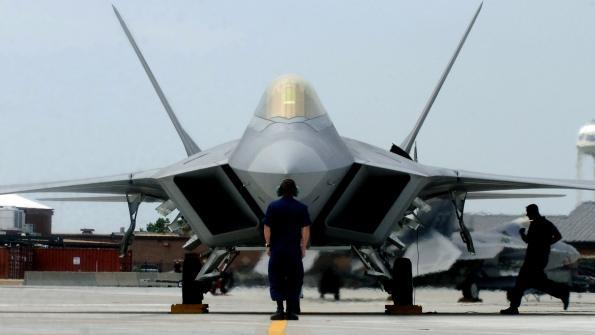
Credit: U.S. Air Force
A long-range infrared search and track (IRST) sensor, manned-unmanned teaming capability and a Thales Scorpion helmet-mounted display are on a list of new upgrades by third-party vendors sought by the U.S. Air Force for the Lockheed Martin F-22 Raptor. A “Direct to Phase II Open Topic” released on...
Subscription Required
This content requires a subscription to one of the Aviation Week Intelligence Network (AWIN) bundles.
Schedule a demo today to find out how you can access this content and similar content related to your area of the global aviation industry.
Already an AWIN subscriber? Login
Did you know? Aviation Week has won top honors multiple times in the Jesse H. Neal National Business Journalism Awards, the business-to-business media equivalent of the Pulitzer Prizes.
